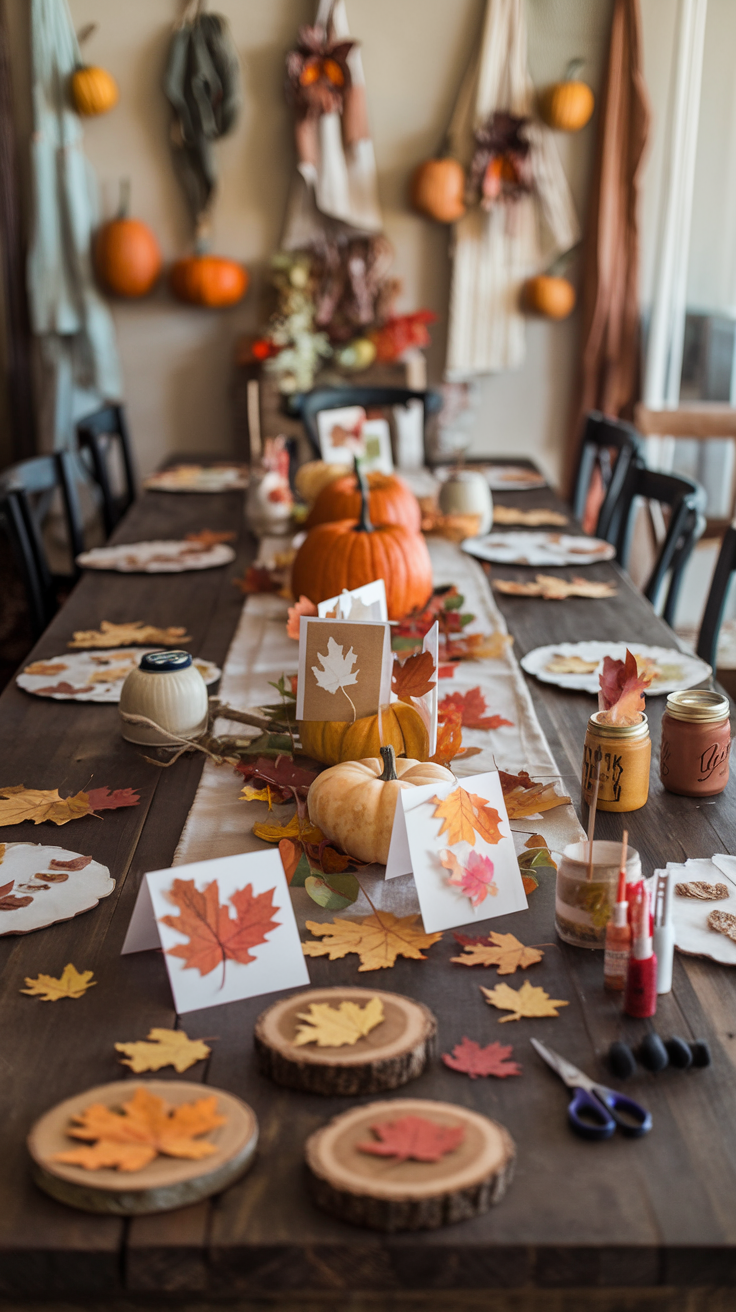10 Hidden Ways You’re Damaging Your Floors Without Knowing
Floors are an integral part of our homes, serving both functional and aesthetic purposes. However, many homeowners unknowingly damage floors through everyday activities. Understanding these hidden pitfalls can save you from costly repairs and keep your floors looking their best for years to come.
1. Neglecting Regular Maintenance
Regular maintenance is crucial for preserving the beauty and durability of your floors. Dust and dirt can act like sandpaper, scratching surfaces and dulling their finish over time. Cleaning wood floors without damage requires using appropriate cleaning products and techniques.
Table: Recommended Maintenance Frequency
| Floor Type | Cleaning Frequency | Maintenance Tips |
|---|---|---|
| Hardwood | Weekly | Use a microfiber mop and gentle cleaner |
| Laminate | Bi-weekly | Avoid excess moisture and use a damp mop |
| Tile | Monthly | Use a pH-neutral cleaner to avoid erosion |
2. Using the Wrong Cleaning Products
Many homeowners make the mistake of using harsh chemicals that can lead to water damage to wood floors. Products that contain ammonia or acidic components can strip the finish, leading to premature wear. Always check labels and opt for cleaners specifically designed for your floor type.
Key Takeaways:
- Choose pH-neutral cleaners.
- Avoid vinegar on hardwood floors, as it can dull the finish.
3. Not Using Mats and Rugs
One of the simplest ways to protect your floors is to use mats and rugs at entry points. Without these barriers, dirt and moisture can be tracked inside, contributing to hardwood floors water damage over time. Placing mats not only minimizes dirt accumulation but also reduces wear and tear from foot traffic.
Benefits of Mats:
- Catches dirt and moisture.
- Protects against scratches and scuffs.
4. Ignoring Humidity Levels
Humidity plays a significant role in the condition of your floors. High humidity can lead to swelling and warping, while low humidity can cause cracks and gaps, particularly in hardwood. Maintaining a stable indoor climate is essential.
Recommended Humidity Levels:
- Ideal indoor humidity: 30% – 50%
- Use a dehumidifier or humidifier as needed to maintain levels.
5. Not Installing Furniture Pads
Heavy furniture can leave unsightly scratches and dents on your floors. Not using furniture pads is a common oversight that can lead to long-term damage. These pads create a protective barrier between your furniture and the floor, minimizing friction and impact.
Types of Furniture Pads:
- Felt pads: Ideal for hardwood floors.
- Rubber pads: Good for tile and laminate floors.
6. Overlooking Water Spills
It’s easy to overlook small spills, but water damage can accumulate over time. If not wiped up immediately, spills can seep into the seams of hardwood floors, causing repairing hardwood floors water damage to become necessary. Always dry spills promptly and avoid letting water sit.
Water Damage Prevention Tips:
- Use absorbent cloths to blot spills.
- Avoid mopping with excess water; use a damp mop instead.
7. Allowing Pets to Roam Freely
Pets are a beloved part of many households, but their claws can cause significant damage to floors. Termite damage wood floors is often cited as a concern, but pets can be just as destructive. Regular nail trimming can mitigate scratches and prevent deeper damage.
Pet Damage Prevention:
- Keep nails trimmed.
- Train pets to stay off sensitive areas or use area rugs.
8. Skipping Professional Inspections
Many homeowners neglect to have their floors professionally inspected. Regular inspections can help identify potential issues like pests or structural damage early on. For instance, termite damage wood floors can be addressed before it escalates, saving you time and money.
Inspection Checklist:
- Check for pest activity.
- Look for signs of warping or water damage.
- Inspect for gaps or squeaking noises.
9. Using High Heels or Heavy Shoes Indoors
Walking around the house in high heels or heavy shoes can create deep impressions on soft floor surfaces. This can lead to visible damage, particularly on wood floors. It’s advisable to adopt a “shoe-free” policy in the home to minimize this risk.
Shoe Impact Comparison:
| Shoe Type | Potential Damage Level |
|---|---|
| High heels | High |
| Sneakers | Medium |
| Slippers | Low |
10. Ignoring the Effects of Sunlight
Direct sunlight can fade and damage floors over time. Areas that receive excessive sunlight may show discoloration, leading to uneven appearances. Using blinds or UV-filtering window films can help protect your floors from sun damage.
Sun Damage Prevention Tips:
- Use curtains or blinds to block direct sunlight.
- Rearrange furniture periodically to allow even exposure.
By understanding these hidden ways you might be damaging your floors, you can take proactive steps to ensure their longevity and appearance. Regular maintenance, appropriate cleaning products, and preventive measures can go a long way in preserving the beauty of your home’s floors.




